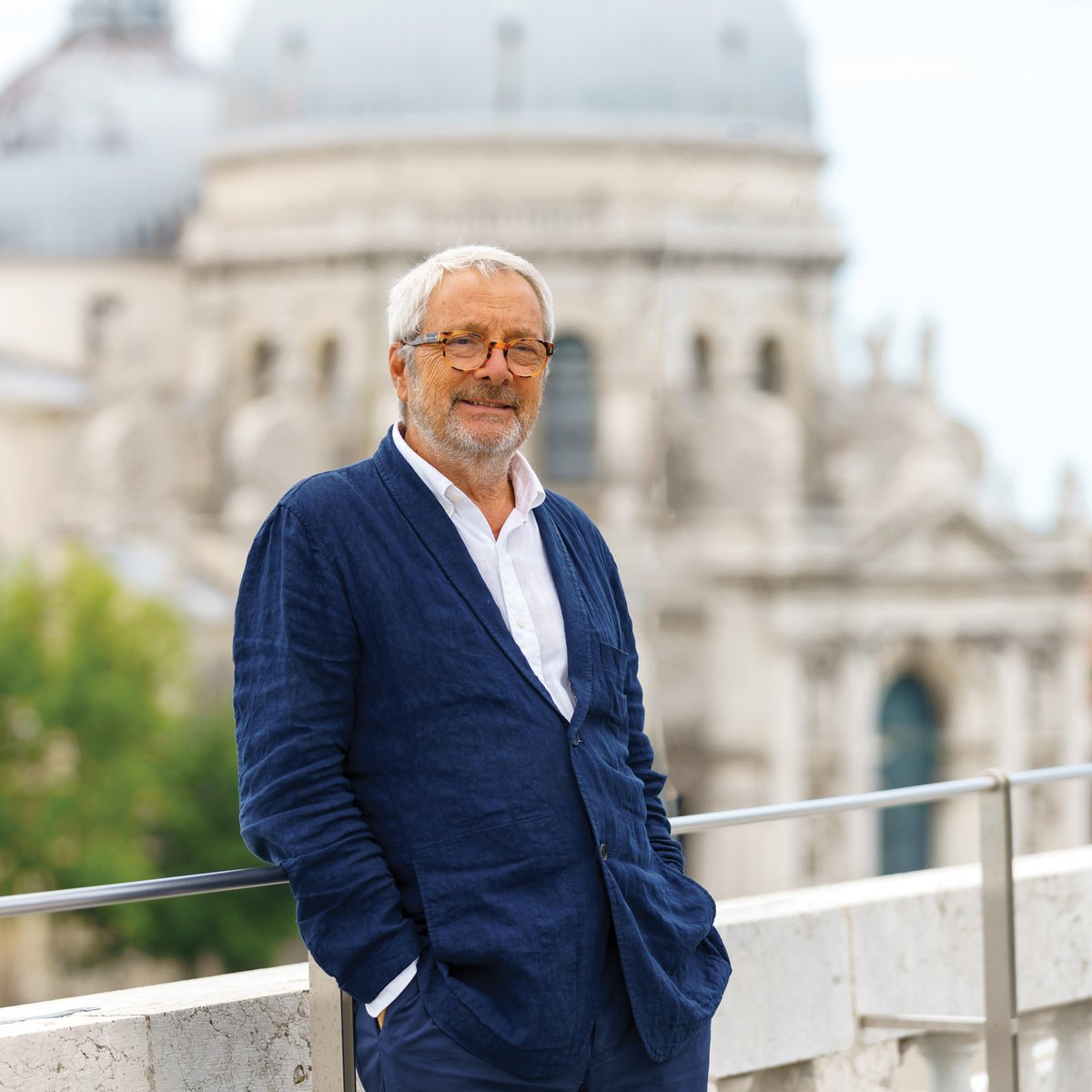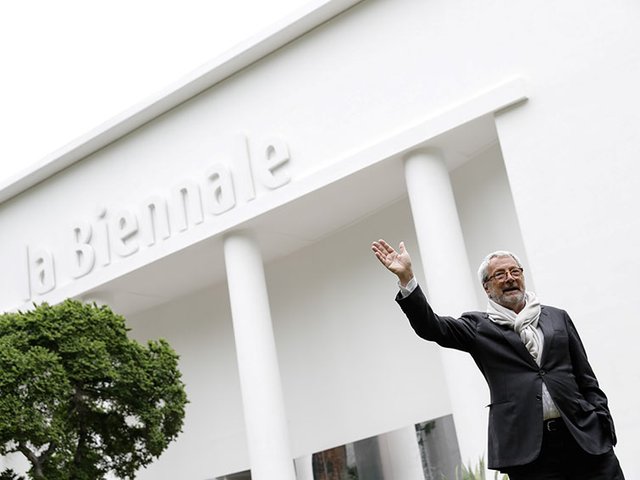Roberto Cicutto has been president of the Venice Biennale for a little over a year, but he is already transforming that historic institution into something new. As well as overseeing the transfer of the Biennale’s archive to the Arsenal complex, Cicutto has pledged to turn the organisation—which runs seasonal exhibitions and festivals covering art, architecture, cinema, dance, music and theatre—into a year-round research hub, and has also launched a pan-institutional feasibility study to determine how. Ultimately, Cicutto aims to help save Venice from economic devastation.
From the start
Following a decade as president and chief executive officer of Rome’s Istituto Luce-Cinecittà, Cicutto was appointed to succeed Paolo Baratta, the Biennale’s long-serving president, in January 2020, and it has been a challenging start. Cicutto had to postpone last year’s main Architecture Biennale due to the pandemic—although the cinema, dance, music and theatre festivals went ahead—and there are fears that an imminent recession could unleash a deep crisis across the arts.
Moreover, the pandemic has decimated Venice’s normally €3.3bn-strong annual tourism industry, leading to a more uncertain future for the historic centre’s population, which has dwindled from 175,000 in the 1950s to around 50,000 today.
By devising joint study programmes, Venice’s arts and academic institutions can attract students, talent and investment to the city, repopulating the historic centre and diversifying its economy, Cicutto says. “Anyone coming to study contemporary art also has access to Cappella Marciana, or a vital Baroque music tradition. That kind of offer makes us extremely attractive,” he says.
Step one of Cicutto’s plan is to relocate the Historical Archives of Contemporary Arts (ASAC)—which contains posters, catalogues, photos, documents and multimedia dating back to the first Biennale of 1895—from its home in the mainland district of Porto Marghera to the Arsenale in the historic centre. The Biennale will use a €20m government grant to transform an 8,200 sq. m area flanking the Cordorie exhibition space into a hub housing the archive, conference and meeting rooms, a consultation area and a conservation centre. The development is due to begin imminently and could be complete within two years, Cicutto says.
Venice’s estimated 140 public and private arts institutions attract international visitors in their droves and are tightly interwoven with the city’s economy. In its new home, the contents of the archive will inspire interdisciplinary research, residences and exhibitions on themes including sustainable tourism and repopulation, Cicutto says. “This heritage must be used, not as a textual reference but for practical studies with concrete results,” he adds.
Uncertain future
Yet, while arts organisations across the world have portrayed the pandemic as a chance to abandon old models and find new ways of working, Cicutto worries that another recession would stall such efforts. “Art suffers when money is scarce, and people forget about good intentions when they must eat,” he says.
To build momentum, Cicutto has launched a feasibility study exploring how the city’s arts institutions should collaborate. The project is embryonic, but the Biennale has had numerous conversations with Venice’s Conservatory and Accademia di Belle Arti. One initial proposal is for students in Venice to create an “encyclopedia of the Biennale” from a global perspective. The text could form the basis of a series of geopolitical conferences exploring the historic interdependence between Venice and other cities around the world.
After last year’s architecture exhibition was postponed, Cicutto programmed The Disquieted Muses—a four-month exhibition jointly curated by the directors of the Biennale’s six departments. Using material from the archive, the curators explored the Biennale’s 125-year-long history within a social context, spanning the Fascist period to the Cold War to the dawn of globalisation. This year, he intends to inaugurate the Architecture Biennale on 22 May, as previously planned, although he acknowledges that the pandemic could mean the date is pushed back by a few weeks.
Either way, on the basis of Cicutto’s first few months in charge, the Biennale’s transformation appears to be in good hands.




